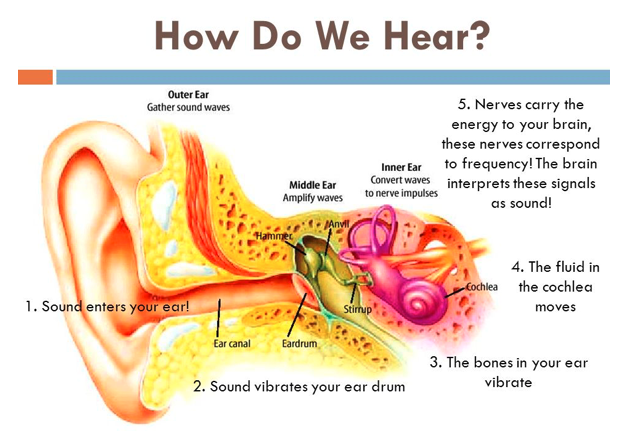As shared last week, staying healthy over summer involves maintaining a nutritious diet and an active lifestyle. Another key aspect for a healthy lifestyle comes from understanding your technology usage. With technology surrounding us at work, school, and in social environments, it may seem impossible to limit screen time. Since children are exposed to technology as they are still developing, it is important to understand the recommended guidelines for healthy technology usage. Summer is a great time to assess your family’s technology habits and implement changes.
The American Academy of Pediatrics (AAP) has published the following guidelines for technology usage:
- For children younger than 2 years old, they recommend no technology.
- For children ages 2 to 5 years old, they recommend an hour or less of supervised media time per day.
- For children ages 6 and older, they recommend that guardians emphasize sleep, physical activity, and school over screen time.
An average day for a healthy child includes 8 to 12 hours of sleep, an hour of physical activity, and time for social interaction in addition to school. It is important to recognize that school activities and educational tools are often accessed online. Recreational screen time (video games, television, social media) is the area to reduce the most.
The AAP has an online calculator to create an individualized technology plan for your family. By entering in all the activities your child does each day, it creates a daily schedule and allots the remaining time for technology. You can create your plan here: HealthyChildren.org: Create Your Family Media Plan
Below are some tips to consider for your technology diet:
- Limit screen time during meals
- Turn off technology at least one hour prior to bedtime
- Have designated technology free zones in your home
- Focus on online educational activities such as HearBuilder (our favorite)
- Increase time spent outdoors with family and friends
Through decreasing time idly spent online, you will have more time to focus on your overall health. This summer is the time to power down devices and get outside!
References:

